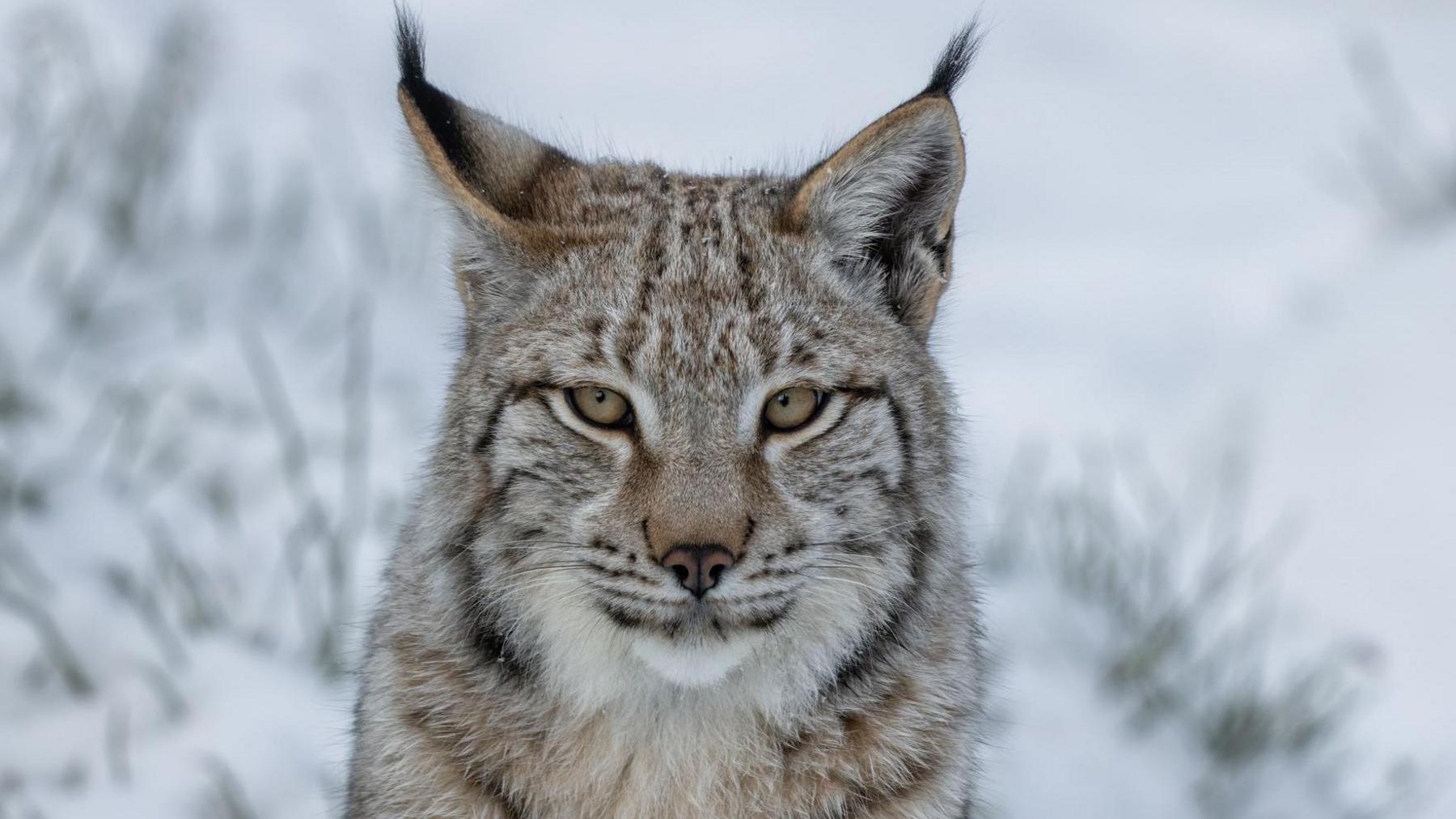Two more lynx spotted on the loose in Highlands
Camera trap captures footage of two more lynx on the loose in Highlands
- Published
Police say two more lynx have been spotted in the same area where a pair of the wild cats were captured on Thursday.
They were seen near Kingussie in the Cairngorms National Park.
Police Scotland have warned members of the public not to approach the animals and said officers were working with specially-trained personnel to capture them.
The force said inquiries suggested that the sighting was connected with the release of the two lynx which were captured on Thursday.
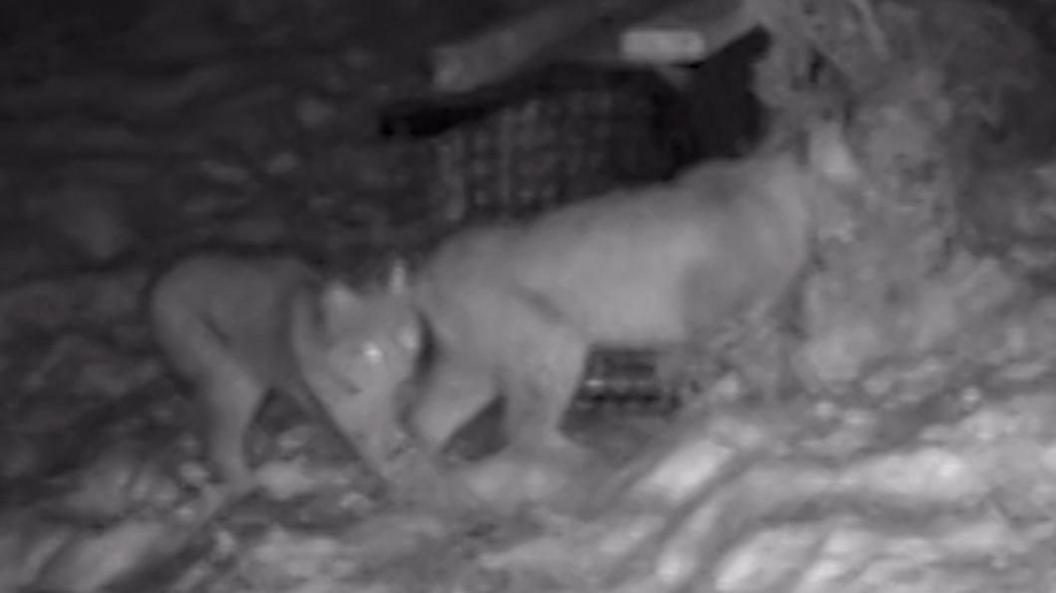
RZSS has captured camera trap footage of the two lynx that are still missing
Police have urged people not to visit the area to try and see the cats.
Insp Craig Johnstone said: "Members of the public are asked not to approach the animals for their own safety and the safety of the lynx.
"Officers are working with specially trained personnel to capture them safely and humanely.
"Although it may be tempting to try to find them, take pictures or set up cameras, we are asking people not to travel into the area, particularly in the current winter weather conditions."
Watch the moment two lynx are captured on Thursday in the Highlands
The latest lynx, believed to be larger than the other two cats, were spotted at about 07:10 on Friday.
Experts from Royal Zoological Society of Scotland (RZSS), along with police and Cairngorms National Park rangers, are trying to capture the wild cats.
RZSS chief executive David Field said: "Two more lynx have been sighted in the same Cairngorms location where we successfully captured a pair yesterday.
"Further traps are being baited in the area and the hope is that these animals will be safely and humanely captured before being taken to Edinburgh Zoo to join the two captured yesterday in quarantine."
Police Scotland and Cairngorm National Park Authority Rangers are also in attendance. The public are being asked to steer clear of the area as a build-up of people could disturb the animals and hamper efforts on the ground.
A Cairngorms Mountain Rescue Team drone is being used in the search.
RZSS condemns the illegal release of wild animals in the strongest possible terms.
The two animals trapped earlier this week have been taken into the care of the RZSS. They are now at Edinburgh Zoo.
They have been confirmed as Eurasian lynx but their sex has still to be confirmed.
The RZSS has condemned the illegal release of the animals as "highly irresponsible".
Experts from the charity worked with police to humanely trap the first two cats, which are now being cared for in quarantine facilities at Highland Wildlife Park before being transferred to Edinburgh Zoo.
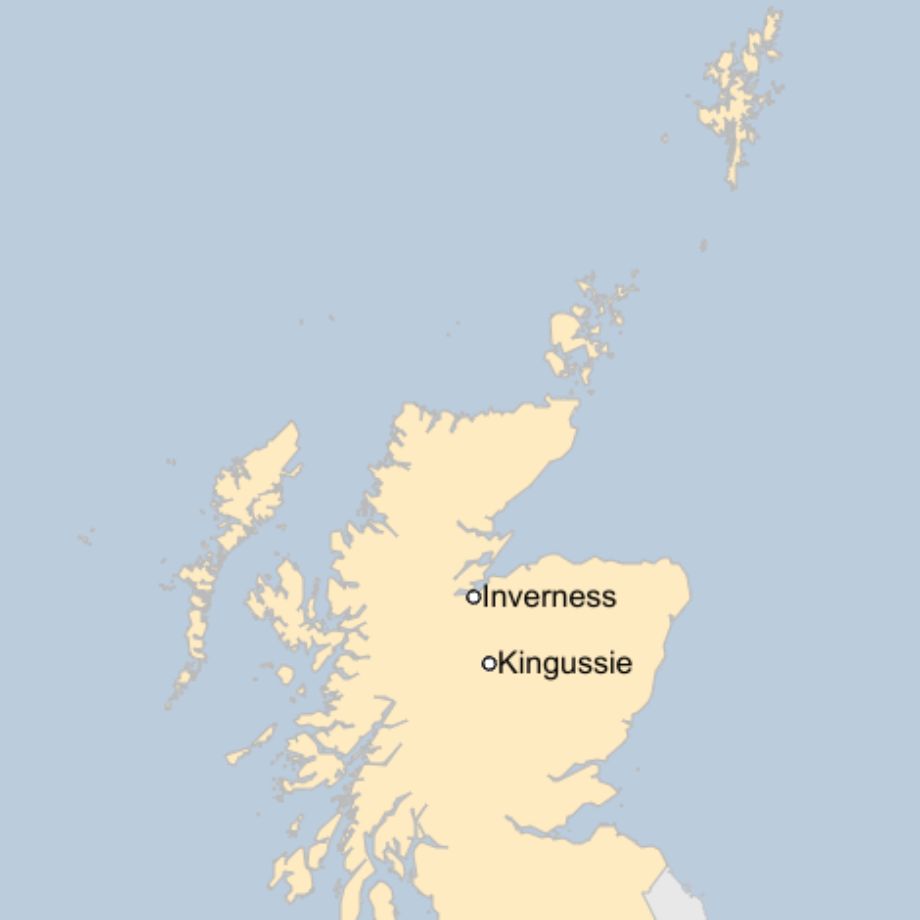
Some conservation groups have been campaigning to have the wild cats reintroduced to Scotland.
Those who support the idea include the Mammal Society, which has suggested rogue rewilders could be behind the releases.
The organisation said it would love to see a stable and healthy population of wild lynx thriving in the UK, and that the reintroduction of the species could "redress ecosystem imbalance and restore biodiversity to our depleted landscapes".
The society said it understood the "frustration" which could lead to illegal releases, but that there were "no shortcuts" to achieving its goal.
"Illegal releases are irresponsible and not the answer," it said.
The Cairngorms National Park Authority has appealed to the public to stay away from the search area.
What are lynx?
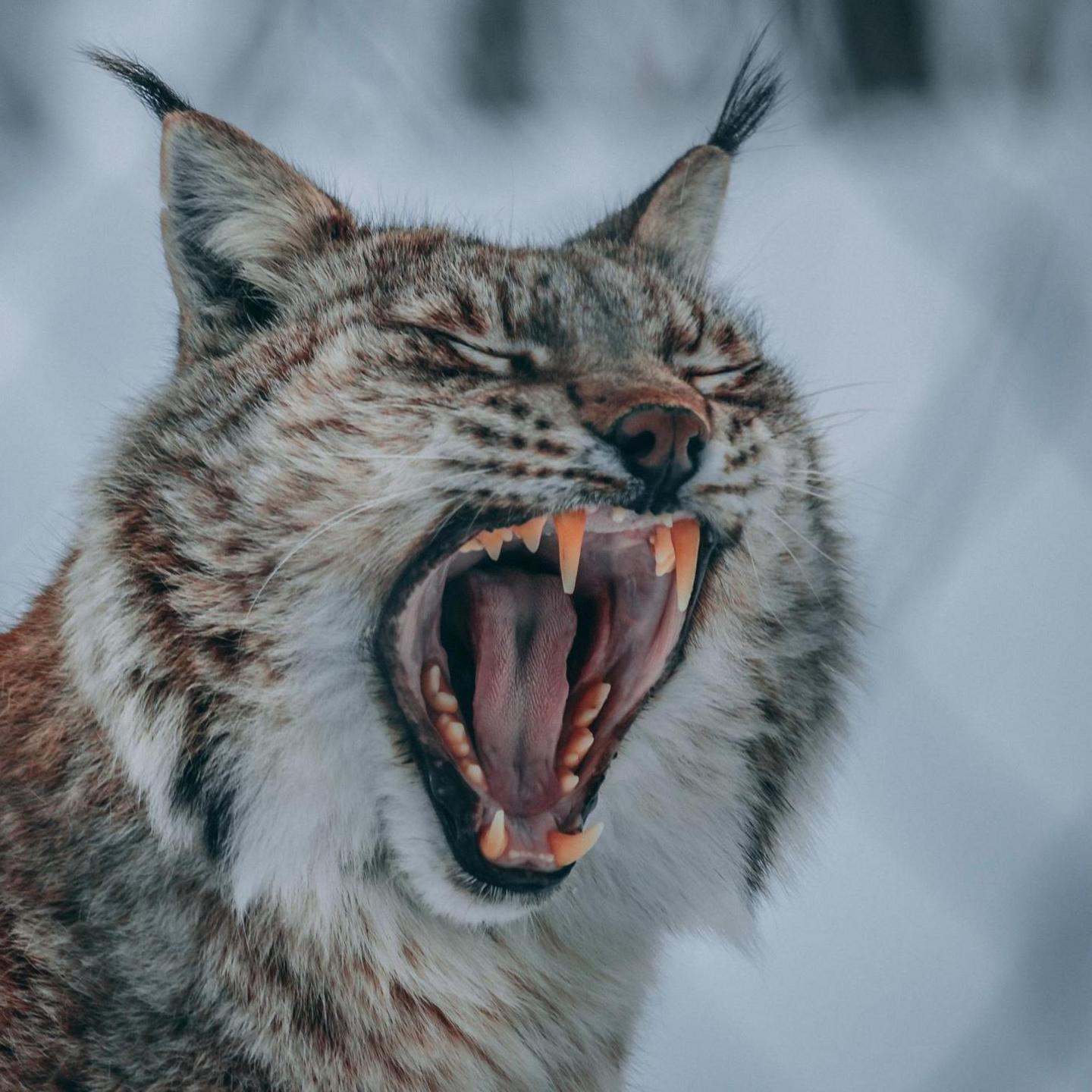
There are four lynx species. Eurasian lynx are the largest.
Adults are roughly the size of a Labrador dog.
Lynx died out in Britain 500 to 1,000 years ago, but similar species are still found in continental Europe, Russia and Asia.
In the wild they prey on roe deer, young red deer and also hares and rabbits.
A licence is required under the Dangerous Animals Act, external to keep lynx.
Local authority Highland Council said no premises in the area had applied for, or were operating under a Dangerous Wild Animal (DWA) licence.
Are lynx dangerous?
The International Fund for Animal Welfare says lynx are mostly active at night and typically avoid humans.
It does warn that lynx, like other wild animals, could attack in self-defence if cornered.
WWF says attacks on livestock, such as sheep, are "much smaller than perceived".
Where were they seen?
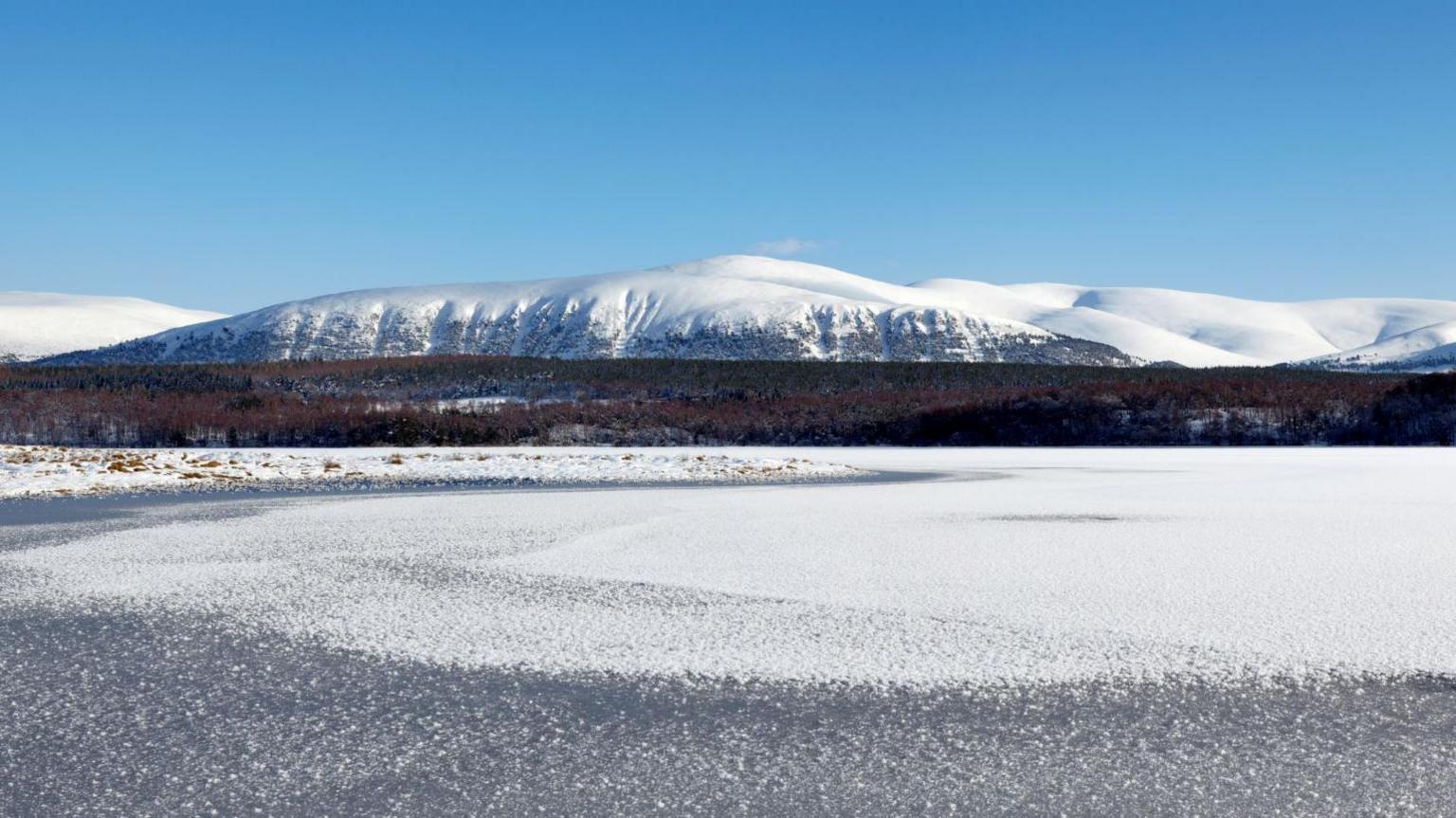
Insh Marshes near Kingussie
It is a landscape of hills, commercial forestry and native woodland on the edge of some of the highest mountains in the Cairngorms.
Insh Marshes, near Kingussie, is an RSPB Scotland reserve where beavers were recently released under licence.
Kingussie and the nearby village of Newtonmore are home to a total of about 1,500 people.
The area has seen heavy snowfall in recent days.
Cairngorms National Park is largest in the UK. It is twice the size of Lake District National Park.
Other animals once native to Scotland have been illegally released before.
They include wild boar and beavers.
- Published9 January
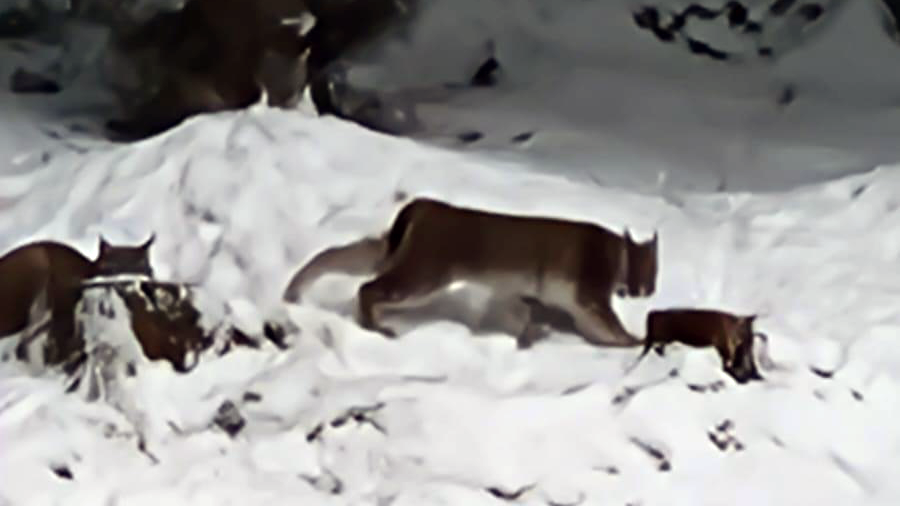
- Published10 January
